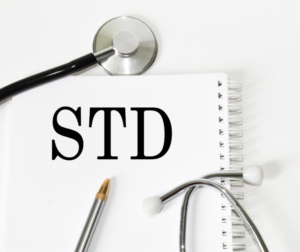STI’s Are On The Rise
Sexually transmitted diseases (STDs) continue to be a public health concern worldwide. STDs continue to be on the rise across the United States and around the world. It is important to consider regular testing for STDs if your patients are sexually active to avoid the spread of these infections.
- Increasing Rates: STD rates have been steadily increasing in many countries over the past few decades. Factors contributing to this rise include changes in sexual behaviors, lack of comprehensive sex education, decreased use of condoms, and increased travel and migration.
- Common STDs: Some of the most commonly reported STDs include chlamydia, gonorrhea, syphilis, human papillomavirus (HPV), genital herpes, and HIV/AIDS. These diseases can be transmitted through sexual contact, including vaginal, anal, or oral sex.
- Chlamydia: Chlamydia is one of the most prevalent STDs. It often shows no symptoms, especially in women, which can lead to undiagnosed and untreated infections. If left untreated, chlamydia can cause complications such as pelvic inflammatory disease (PID) and infertility.
- Gonorrhea: Gonorrhea is another common STD. Like chlamydia, it may not always exhibit noticeable symptoms. If untreated, gonorrhea can lead to complications such as PID, infertility, and an increased risk of HIV transmission.
- Syphilis: Syphilis is a bacterial infection that occurs in stages. It can cause various symptoms and long-term complications if left untreated. Syphilis can be transmitted through sexual contact but can also be transmitted from mother to child during pregnancy (congenital syphilis).
- Human Papillomavirus (HPV): HPV is a viral infection that is extremely common. It can cause genital warts and is also linked to various types of cancer, including cervical, anal, and oropharyngeal cancer. Vaccines are available to protect against some strains of HPV.
- Genital Herpes: Genital herpes is caused by the herpes simplex virus (HSV). It can cause painful sores or blisters in the genital area and can be transmitted through sexual contact. While there is no cure for herpes, antiviral medications can help manage outbreaks and reduce transmission risk.
According to Fortune Well, “Ensuring access and affordability to convenient and private testing and treatment, including at-home testing and telehealth, is critical to lowering rates,” says Kwo. “Most STIs and STDs are asymptomatic or have nearly undetectable symptoms, so routine screening is necessary to prevent disease development and transmission to additional people.”

